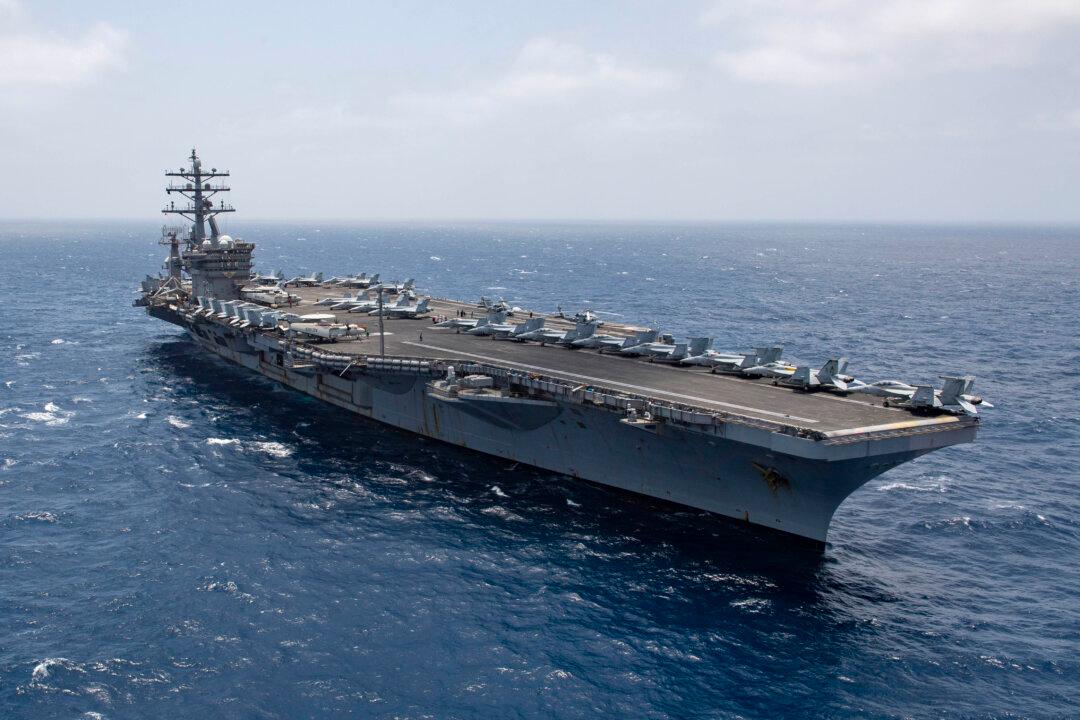COVID-19 was still a mystery Chinese pneumonia when the crew of the USS Dwight D. Eisenhower last set foot on land in Norfolk, Virginia.
Five months later, afloat on the balmy Arabian Sea, they have yet to leave the aircraft carrier, which has now broken the Navy’s record for the longest period of time at sea, along with its escort guided-missile destroyer.





